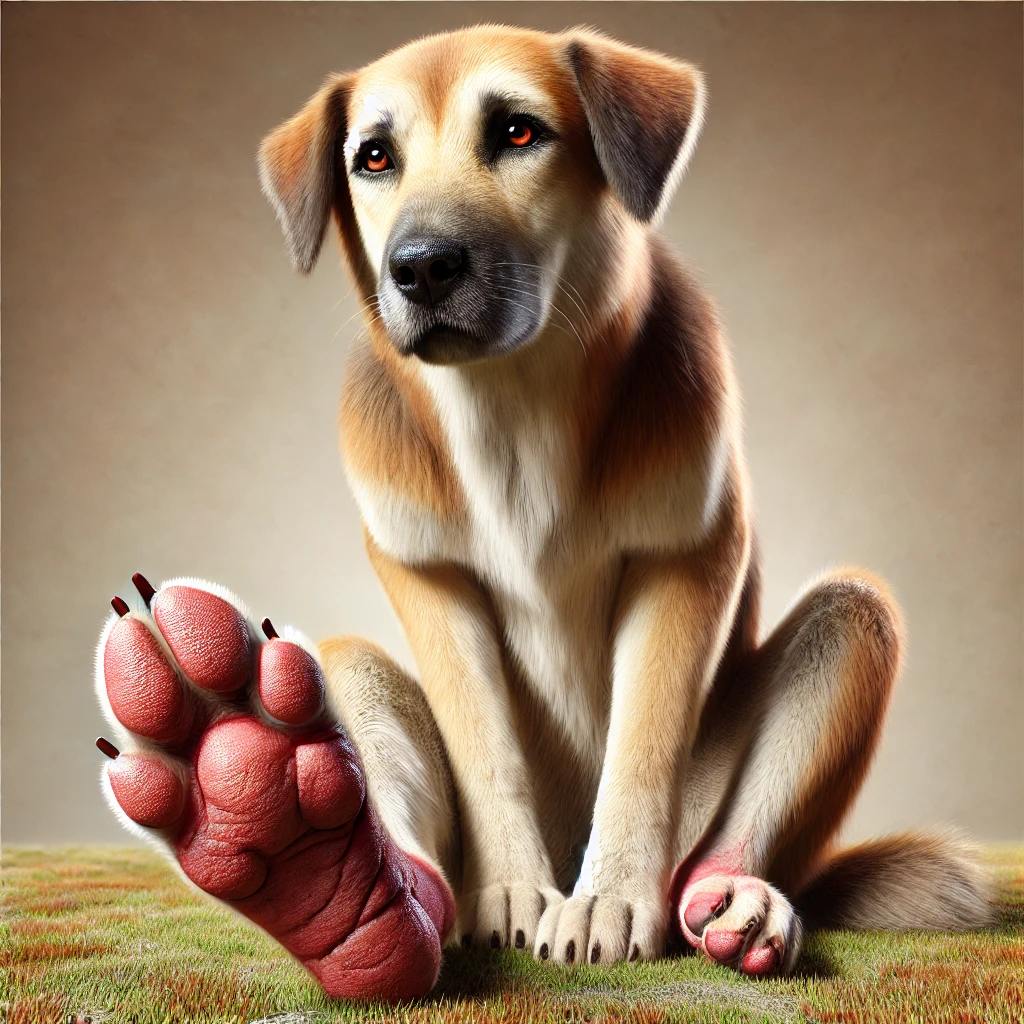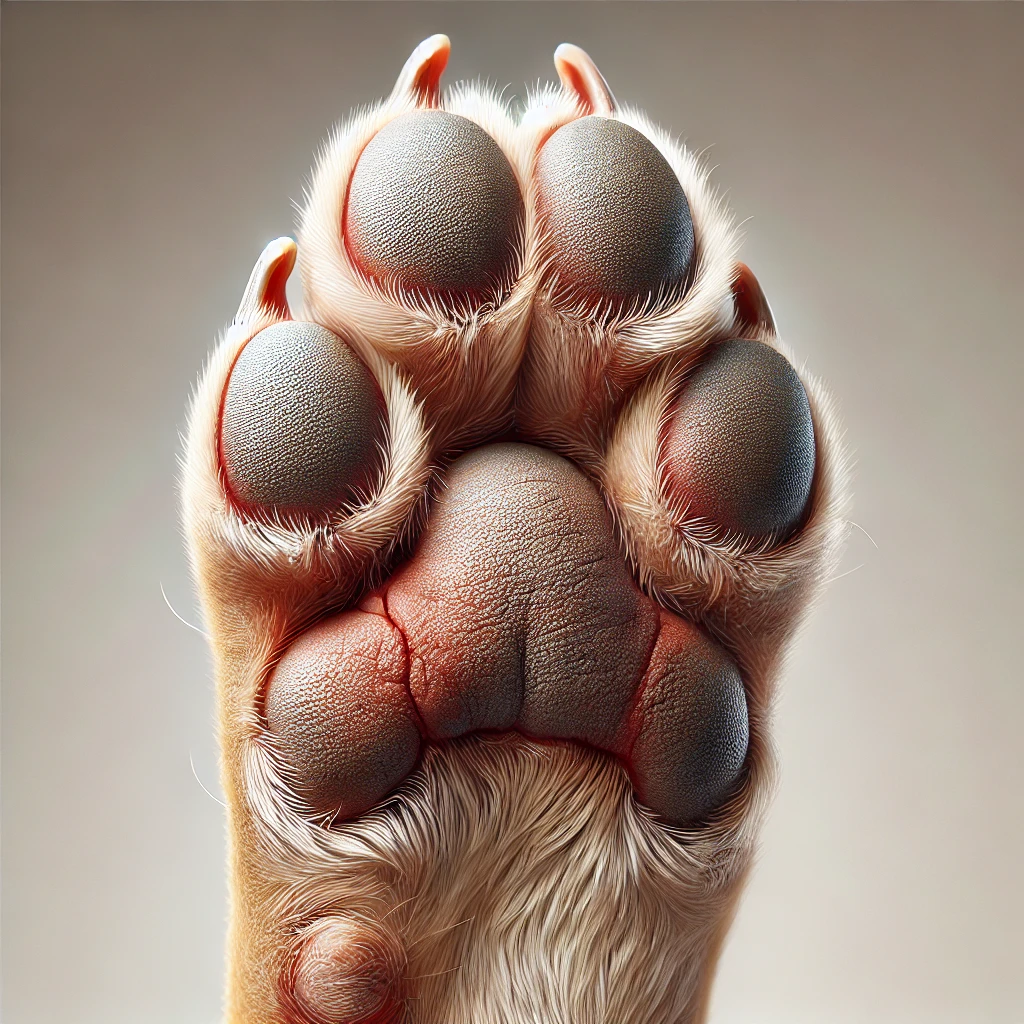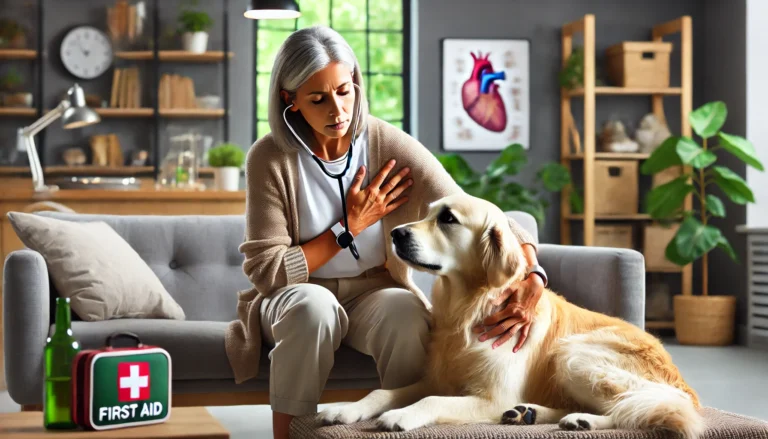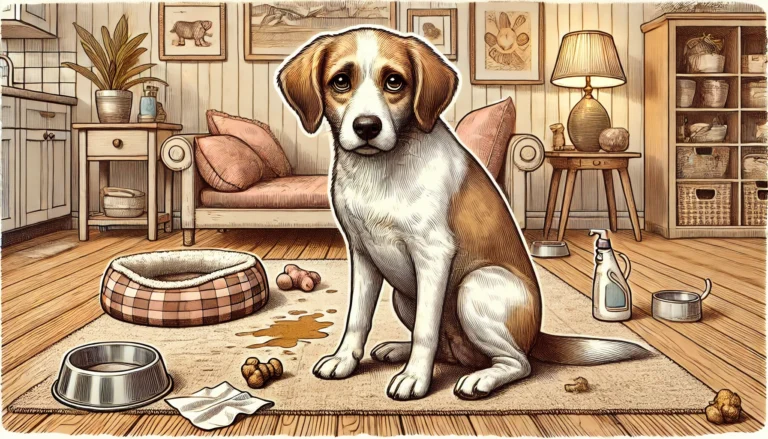swollen paws in dogs

Swollen paws in dogs can be distressing for both the pet and the owner. This condition can stem from various causes, ranging from minor irritations to serious medical issues. Understanding the reasons, symptoms, and appropriate actions is crucial for ensuring your furry friend’s comfort and well-being. In this article, we’ll explore every aspect of swollen paws in dogs, providing actionable advice for pet owners.
What Are Swollen Paws in Dogs?
Swollen paws in dogs refer to the abnormal enlargement of a dog’s paw or one or more of its digits. This swelling can be localized to a specific area or affect the entire paw. The condition might appear suddenly or develop gradually over time, depending on the underlying cause. A swollen dog paw can result in limping, discomfort, and other symptoms.

Common Causes of Swollen Paws in Dogs
Swollen paws in dogs can arise from numerous causes, including:
- Injuries and Trauma
- Cuts, abrasions, or puncture wounds can cause swollen paws in dogs.
- Fractures or dislocations.
- Sprains or strains from running or jumping.
- Foreign Objects
- Objects like thorns, glass shards, or splinters lodged in the paw.
- Grass seeds or burrs that penetrate the skin, causing a red paw dog issue.
- Allergic Reactions
- Environmental allergens (pollen, grass, chemicals).
- Food allergies causing systemic inflammation.
- Insect bites or stings leading to swollen paws in dogs.
- Infections
- Bacterial infections from untreated wounds.
- Fungal infections such as yeast overgrowth.
- Parasitic infestations like mange.
- Medical Conditions
- Autoimmune diseases like lupus.
- Tumors or cancer affecting the paw.
- Arthritis or other joint-related issues leading to swollen paws in dogs.
- Environmental Factors
- Exposure to extreme temperatures (hot pavement or snow).
- Chemical burns from cleaning agents or fertilizers.
Table: Common Causes and Corresponding Symptoms
| Cause | Symptoms |
|---|---|
| Injury or Trauma | Swelling, limping, visible wounds |
| Allergies | Redness, itching, licking |
| Infections | Warmth, pus, unpleasant odor |
| Foreign Objects | Localized swelling, visible object |
Signs and Symptoms of Swollen Paws in Dogs
Recognizing the symptoms of swollen paws in dogs is the first step in addressing the problem. Look out for:
- Visible swelling or enlargement of the paw.
- Limping or reluctance to put weight on the affected paw.
- Redness, bruising, or discoloration, often seen in red dog paw cases.
- Warmth around the paw.
- Signs of pain, such as whimpering or licking the paw excessively.
- Presence of wounds, cuts, or foreign objects.
- Unusual odors indicating infection in swollen dog paws.
Diagnosing Swollen Paws in Dogs
Proper diagnosis of swollen paws in dogs is essential for effective treatment. Here’s how the process typically unfolds:
- Initial Examination
- Visual inspection for obvious injuries or foreign objects.
- Palpation to identify tender or swollen areas.
- Medical History
- Information about recent activities, exposure to allergens, or previous medical conditions.
- Diagnostic Tests
- X-rays: To detect fractures or joint issues.
- Ultrasound: For soft tissue evaluation.
- Blood Tests: To identify infections or autoimmune conditions.
- Biopsy: If a tumor is suspected.
Tips
Everyday foods and common household items could silently be poisoning your dog—discover the hidden dangers before it’s too late!
Treatment Options for Swollen Paws in Dogs
The treatment for swollen paws in dogs varies depending on the underlying cause. Below are some common approaches:
1. Immediate Care at Home
- Cleaning the Paw: Wash the area with warm water and mild soap to remove dirt and debris.
- Cold Compress: Apply a cold pack wrapped in a cloth to reduce swelling and pain.
- Inspect for Foreign Objects: Remove visible objects gently using tweezers.
- Bandaging: Cover open wounds to prevent infection.
2. Veterinary Treatment
- Medications:
- Antibiotics for bacterial infections causing swollen paws in dogs.
- Antifungal creams for fungal issues.
- Anti-inflammatory drugs for swelling and pain.
- Surgery: Required for fractures, severe injuries, or tumor removal.
- Specialized Therapies:
- Physical therapy for joint-related issues.
- Allergy testing and immunotherapy for chronic allergies.
Prevention of Swollen Paws in Dogs
While not all cases can be prevented, following these guidelines can minimize the risk of swollen paws in dogs:
- Regular Paw Checks
- Inspect your dog’s paws after walks or outdoor activities.
- Remove any debris or foreign objects promptly.
- Appropriate Footwear
- Use dog booties for extreme weather or rough terrains.
- Maintain Good Hygiene
- Trim nails regularly to prevent injuries.
- Clean paws after exposure to dirt, chemicals, or allergens.
- Balanced Diet
- Provide a nutritious diet to boost immunity and prevent allergies.
When to See a Veterinarian
Seek professional help if:
- Swelling persists for more than 24-48 hours.
- Your dog shows signs of severe pain or distress.
- There’s significant bleeding or pus discharge.
- The paw appears deformed or has an unusual odor.
Conclusion
Swollen paws in dogs are a common issue but can range from minor to severe. Early detection and intervention are key to ensuring a speedy recovery. Regular paw care, vigilance during outdoor activities, and prompt veterinary attention when necessary will keep your dog’s paws healthy and pain-free. By staying informed and proactive, you can provide your furry friend with the care they deserve.
How do you treat a swollen dog’s paw?
Clean the paw with warm water and mild soap to remove debris. Apply a cold compress to reduce swelling and check for foreign objects. If the swelling persists or is severe, consult a veterinarian for potential medication or treatment.
What does pododermatitis look like?
Pododermatitis often appears as redness, swelling, and irritation on the paws. You may also notice pustules, excessive licking, or sores, particularly between the toes or on the pads.
Can dog swelling go away on its own?
Minor swelling caused by a mild injury or irritation may resolve on its own with rest and home care. However, persistent or severe swelling requires veterinary attention to identify and treat the underlying cause.
How do you treat a dog’s paw infection?
Clean the infected paw with antiseptic solutions prescribed by a vet. Antibiotics or antifungal medications may be necessary, depending on the infection type. Keep the paw clean and bandaged as directed by your vet.
What kills bacteria on dogs’ paws?
Antiseptic solutions like chlorhexidine or iodine diluted with water are effective for killing bacteria. Avoid harsh disinfectants or chemicals not approved for use on dogs.
Can I put Vaseline on my dog’s paws?
Yes, Vaseline can be used as a protective layer to prevent dryness or cracking, especially in cold weather. However, it’s not a treatment for infections or injuries. Monitor to ensure your dog doesn’t lick it excessively.






